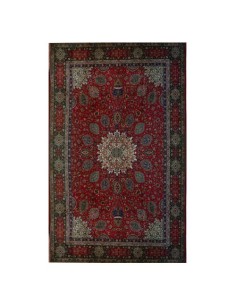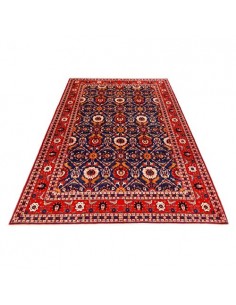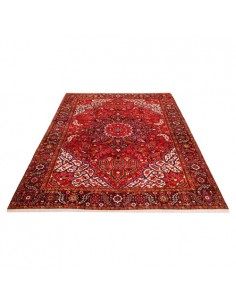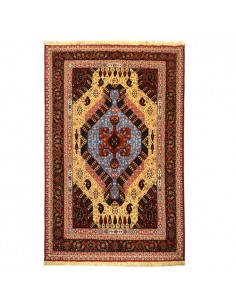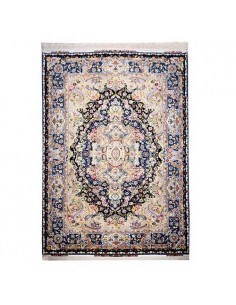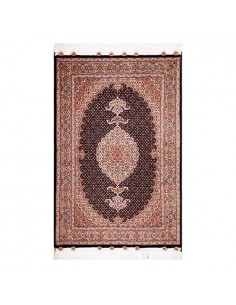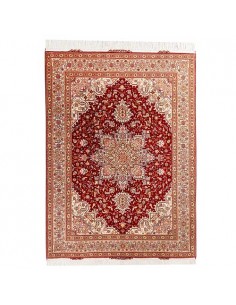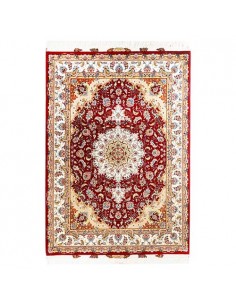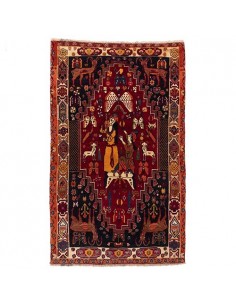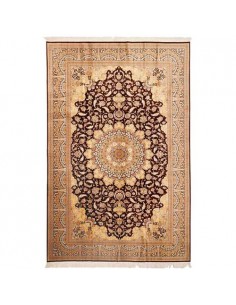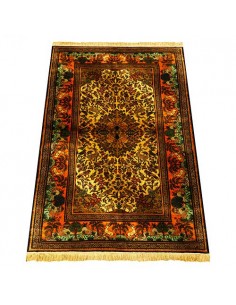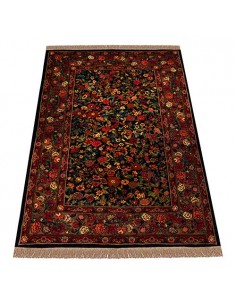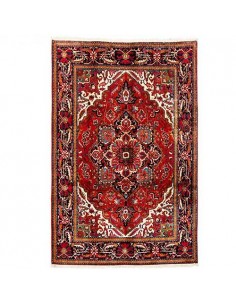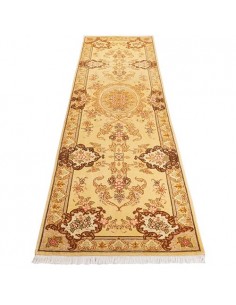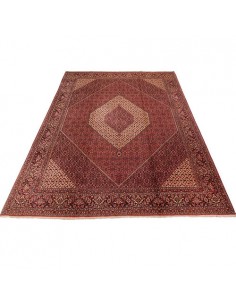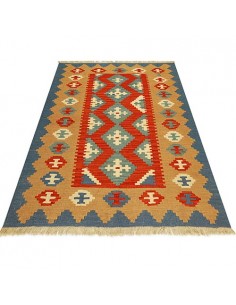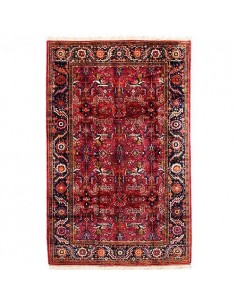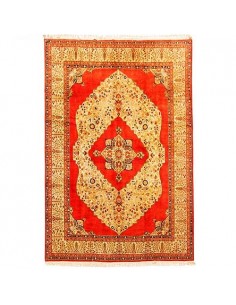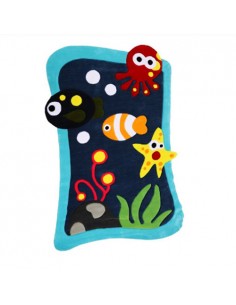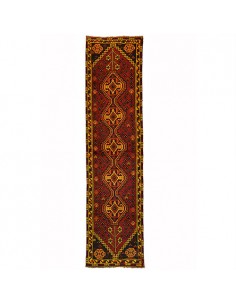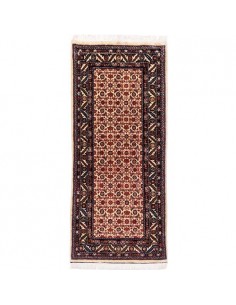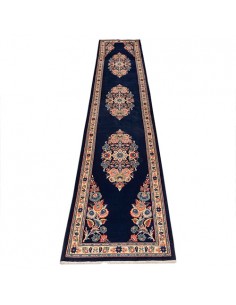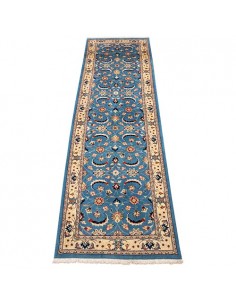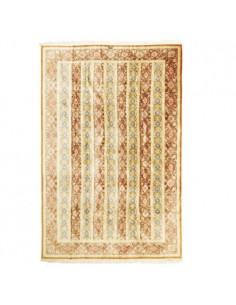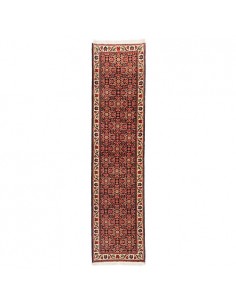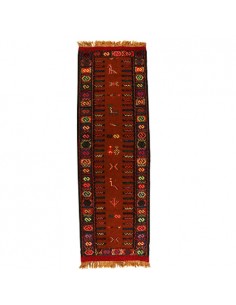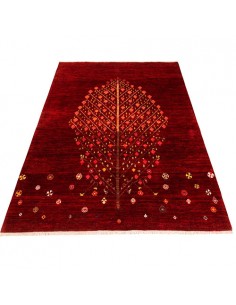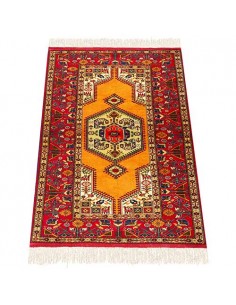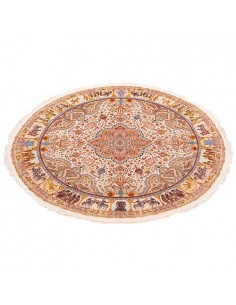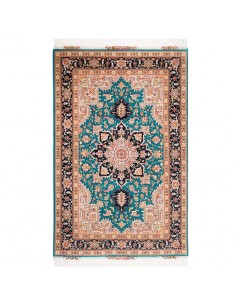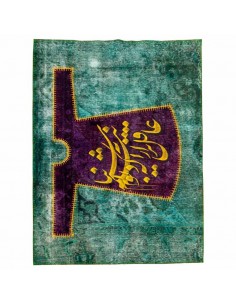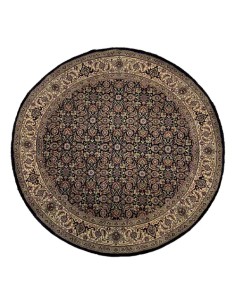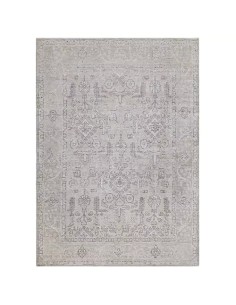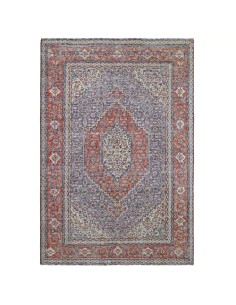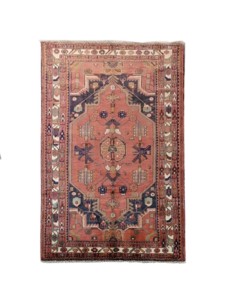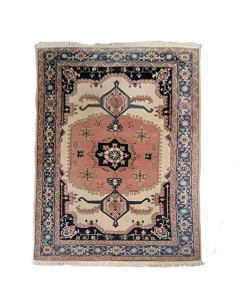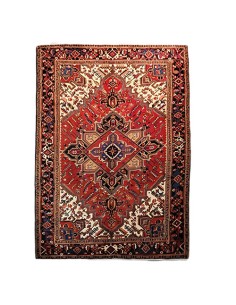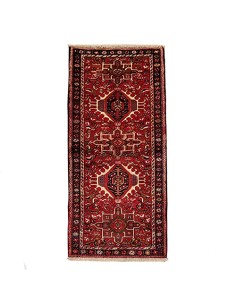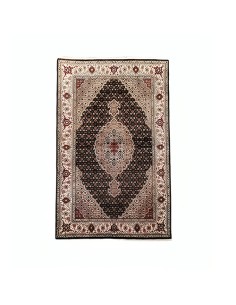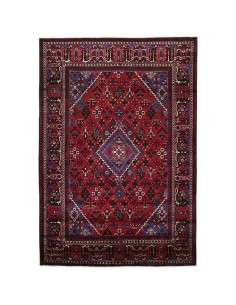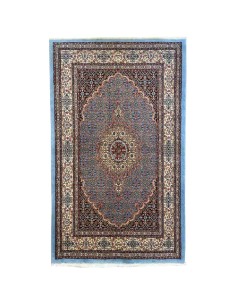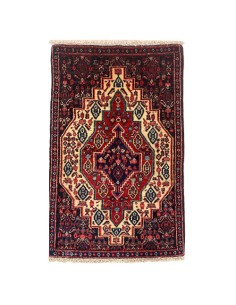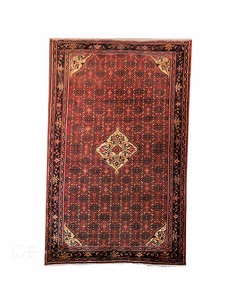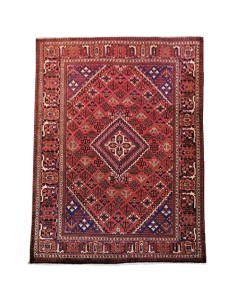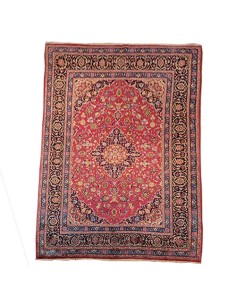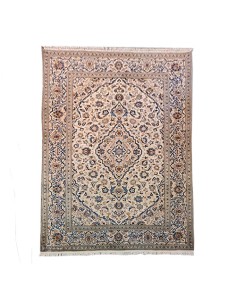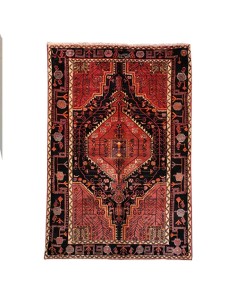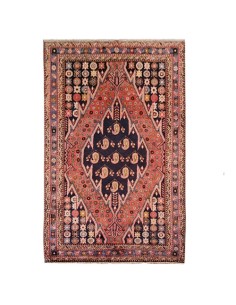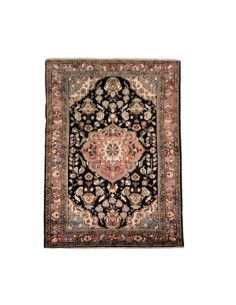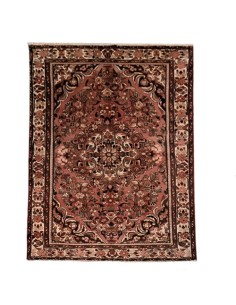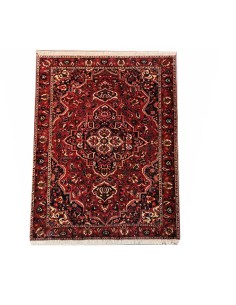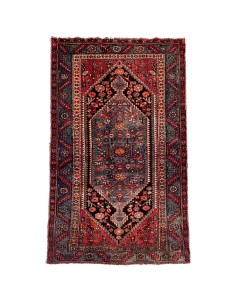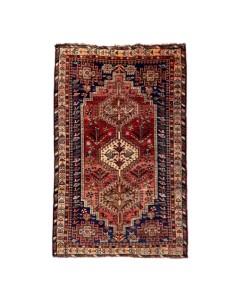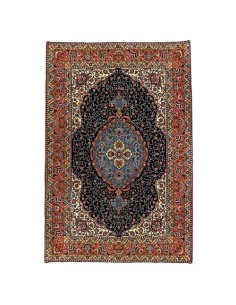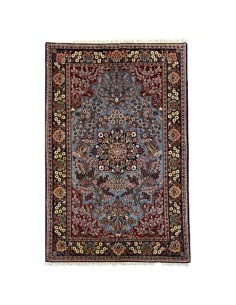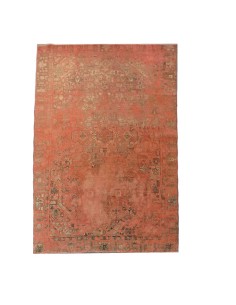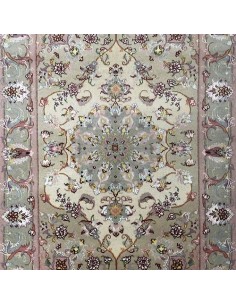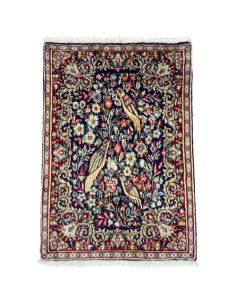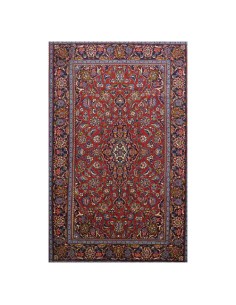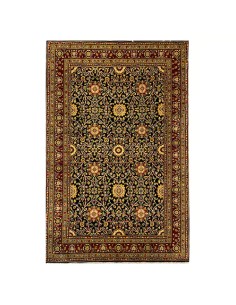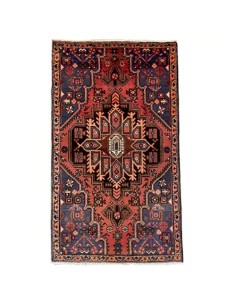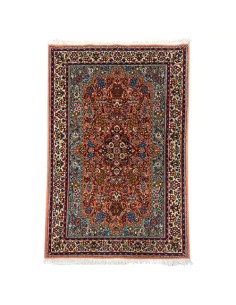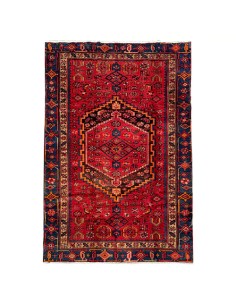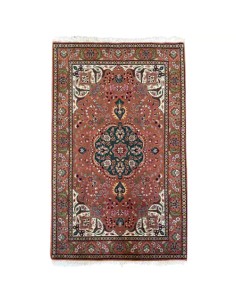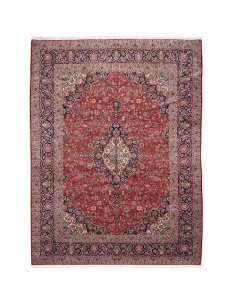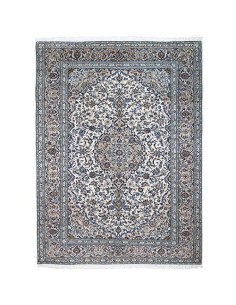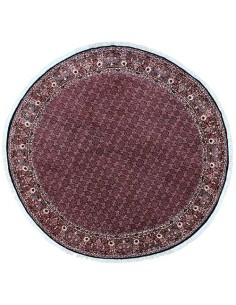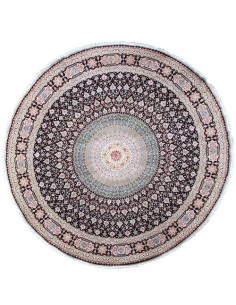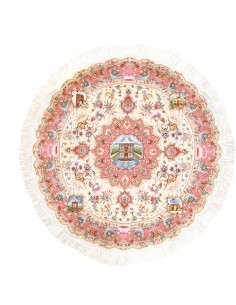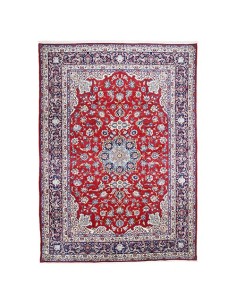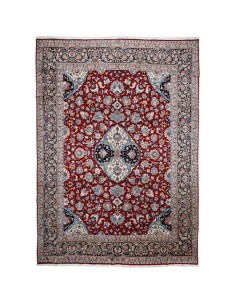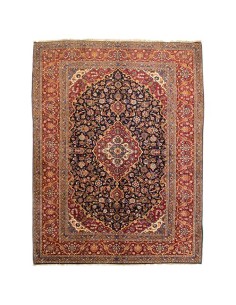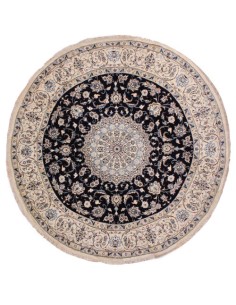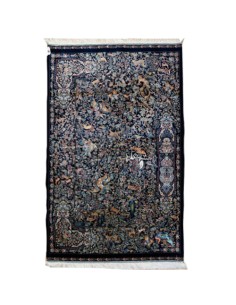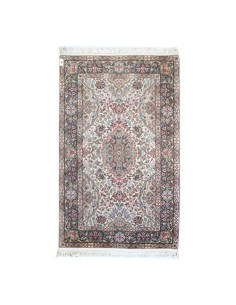Woven Rugs
Woven Rugs (also known as Handmade Rugs) have always been a prior option to those soulless plastic ones. As every country and nation has its symbol, handmade rugs are one of the important symbols of Iran, and those with little experience in this field know that the best, most beautiful, and supreme quality rugs belong to Iran!
Woven Rugs Review, Select, and Buying Tips
The origin of a floor covering dates back to our ancestors looking for a way to cover the ground of their habitat to prevent cold and surface roughness. They started with animal skins, which seems not very satisfying. So they started to weave something softer, thicker, and prettier. Research shows that the first woven rug dates back to the Achaemenid dynasty in 550 BC.
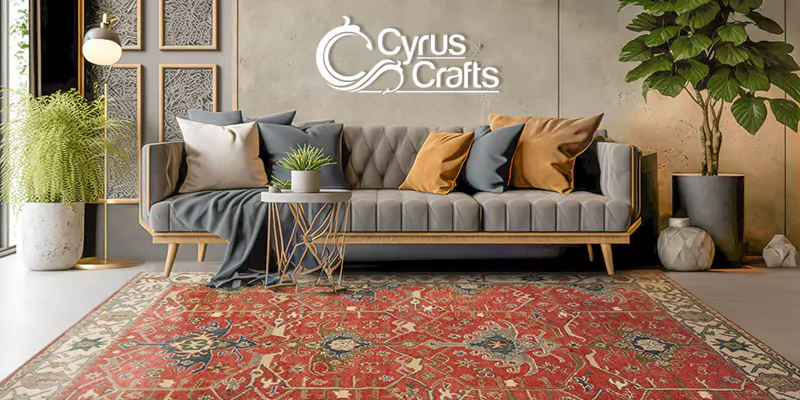
Cyrus Crafts; Luxury & Unique Products
The terms rug and carpet include underlayment, flooring, etc. Iranian handmade rugs have a unique variety in terms of material, size, color, design or motif, and production method, and each design has its name and specifications. Among the cities of Iran, Tabriz and Kashan have a higher percentage of the share of the production of Iranian handmade rugs and their export to other countries. This home accessory can be the focal point in decoration.
The culture and civilization of each country consist of different parts, an important part of which is dedicated to works of art. One of the original and magnificent works of Iranian art is handmade carpets. Over time, the variety of woven rug designs and the fans of this beautiful art have increased, so many people use handmade and wall-mounted rugs to decorate their living rooms.
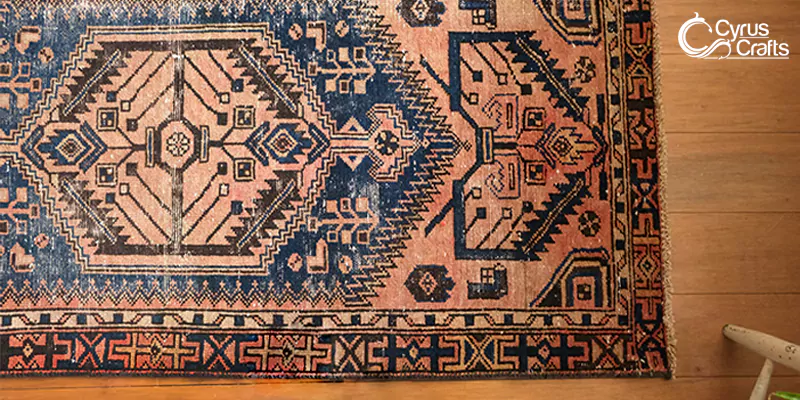
Handmade Rugs Sizes
Iranian handmade rugs are produced in different dimensions and sizes, with different names depending on their size. For example, rugs with dimensions of 2x3 m2 or slightly larger are called rugs smaller than 4 square meters are called area rugs or small rugs. Make sure to check out our area rug collection which is one of the best area rug collections in Canada in terms of quality.
Another type of handmade rug with a length of about 3 to 4 m2 and a width of less than 2 m2 is also called a scatter rug.
Runner rug is another type of woven rug that is usually used for corridors and stairs. The width of this rug is small, and its length can range from 2 to 5 or even 7 meters, 3x5 rugs, for example, depending on the size of the corridor. There are also smaller rugs woven to the size of the front door, known as a doormat.
Persian Handmade Rugs Styles
Each of the cities of Iran uses its unique design or motifs in rug weaving; therefore, a look at an Iranian handmade carpet or rug shows which city it belongs to. Among the different regions of Iran, the cities of Isfahan, Kashan, and Tabriz have unique and more famous handmade rugs than other cities!
- Kashan Rugs: Not only among Iranians but worldwide, Kashan rugs are the most popular rugs produced and offered with excellent quality and in special and various designs (motifs) and colors. The beauty and quality of Kashan woven rugs are so limitless that they are bought and sold in many countries and cultures and used as original decorative products.
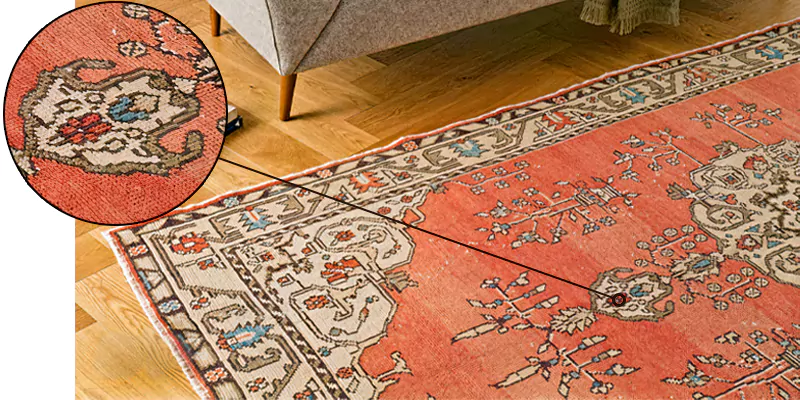
- Tabriz Rugs: Tabriz hand-made rugs are so beautiful and popular worldwide that almost everyone knows about the art of rug weaving and the production of handmade rugs in this city. The motifs and colors Tabrizians use in their rugs' texture are also very special and attractive. Since ancient times, Tabriz has been the cradle of Iranian carpet/rug production in unique, eye-catching, elegant designs and motifs.
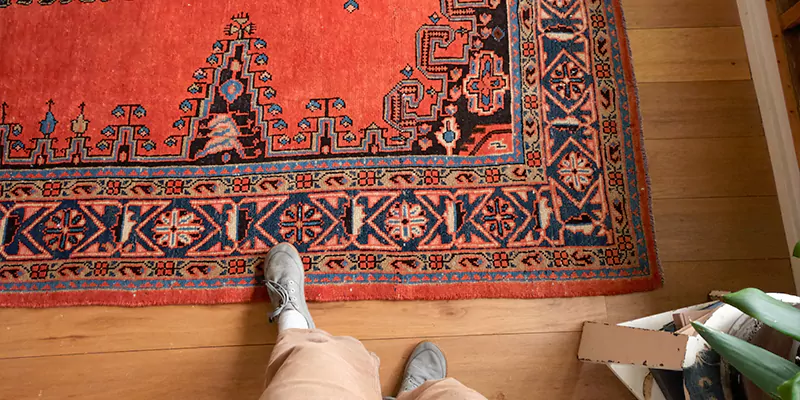
- Isfahan Rugs: Isfahan is also one of the cities with many artists and weavers in the field of rug weaving. Isfahan woven rugs also have a delicate texture and indescribable designs. In addition to the mentioned cities, Qom and Nain are also famous for rug weaving.
Persian Woven Rugs Designs
Iranian woven rugs can be divided into three categories in terms of local style:
- One of these three types of handmade rugs is nomadic. Nomadic rugs such as (kilim or Gabbeh) have basic and simple designs and motifs mostly inspired by nomadic and tribal living environments. The dimensions of the woven nomadic rugs are generally small, but their texture is coarse. Other signs of nomadic rugs are short woolen tassels attached to the rug at certain distances. The edges of this product also have a complex texture pattern. These types of flooring are suitable for high-traffic areas.
- Rustic rugs are another type of local handmade rug. These rugs often have a very simple design and are woven improvisationally. This means there is no ready-made plan; the weaver creates them with his experience and taste.
- The last type of Persian rug is the urban rug, and as its name suggests, it is woven and produced in cities. Generally, this model of handmade rugs is prepared by urban people with a special design.
One of the characteristics of hand-woven urban rugs is the high warp density and its elegance.
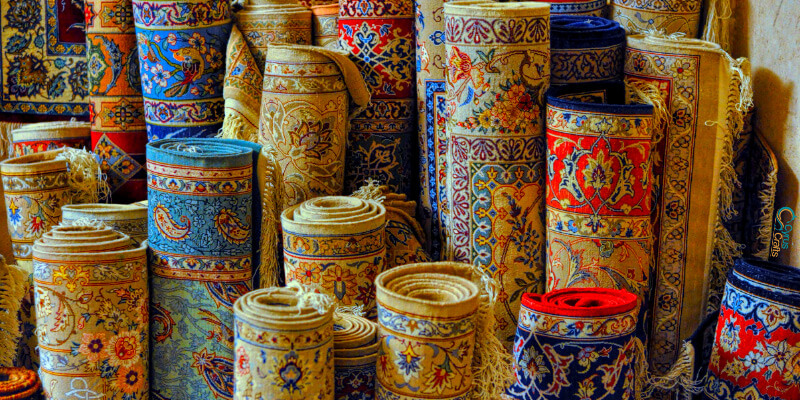
Handmade Rugs: The Weaning Methods
Persian rugs fall into three categories in terms of how they are woven and how the warp and weft are placed together.
- All-curled rugs: When weaving this type of flooring, the knot arches are placed behind the rug at an angle of 90 degrees, creating deep grooves behind it. The threads of this kind of rug are placed apart and create a strong texture.
- Curled rugs: In the texture of the hand-woven curled rug, a gap of one yarn diameter is placed between each warp, and the rug becomes a flat fabric. This type of rug is woven like a mat so that the warp is turned upside down in each ridge, which makes the threads be seen alternately from behind the rug.
- Half-curled rugs: The texture of the half-curled rugs is done so that the knot arches are placed behind the rug at an angle of 45 degrees. According to all the contents mentioned about rugs, you can prepare the most suitable rugs and complete your home decoration of the living room and high-traffic areas.
How to Select a woven Rugs
Buying a Persian rug is akin to entering a world filled with tradition, beauty, and craftsmanship. Here's a guide to help you navigate the path to owning an exquisite piece of woven history.
- The Fabric of Quality - Materials and Knot Count: Traditional Persian handmade rugs, aka vintage rugs, are meticulously crafted from silk, wool, or a blend of both. Aim for rugs boasting a knot count of no less than 120 per square inch - a sure-fire sign of superior craftsmanship.
- Price Considerations: Establish a budget for your woven rug and contemplate its future location. This step will help in refining your choices and make sure you're able to acquire a handmade rug that meets your financial means and also your functional needs.
- Understand the Differences in Types: Persian handmade rugs, like the regions they hail from - Tabriz, Kashan, and Isfahan, to name a few - are diverse. Immerse yourself in the unique attributes of each type to find the one that resonates with your aesthetic sensibilities.
- The Allure of Natural Colors and Patterns: Authentic woven rugs are renowned for using natural dyes, resulting in hues that reflect nature's palette. You can just opt for patterns that align with your style and enhance the ambiance of your space.
Handmade Rug Knot Density (KPSI)
In the captivating world of handmade rugs, knot density, or knot count per square inch (KPSI), is pivotal in your buying decision. This intriguing term reflects the number of knots intricately woven into a single square inch of a rug, greatly influencing its design's overall quality, robustness, and complexity.
Rugs with superior knot density are akin to finely crafted art pieces. Every square inch is adorned with intricate details, and the surface is as smooth as a serene lake at dawn. Creating these rugs is often a labor of love, demanding considerable time and skill, hence their higher price tag. Nevertheless, the investment is justifiable because of their exceptional durability and longevity.
On the contrary, rugs with a modest knot density may lack the refined texture and complexity of design found in their high-density counterparts. Despite being lighter on the wallet, these rugs may fall short in durability or aesthetic allure, creating a trade-off between affordability and quality.
Choosing a handmade rug is akin to selecting a dance partner; you must find the perfect balance. Knot density and your taste must harmoniously intertwine. The rug's intended role and the amount of footfall it will encounter should also be factored into your decision. For spaces that witness a bustling footfall, a rug with a higher knot density is the ideal choice, as it can withstand daily wear and tear with grace.
However, the saga of selecting the perfect rug doesn't end at knot density. It's merely one chapter of the story. Other elements, such as material, design, and budget, are equally important in your decision-making process. Your chosen rug should meet your functional requirements and resonate with your aesthetic sensibilities, transforming your space into a delightful visual symphony.
Price of Persian Woven Rugs
The reason for the high price of Persian hand-woven rugs is a question that may have arisen for you as well. To conclude whether these prices are fair, we must first examine several factors affecting the price of Iranian rugs.
The first factor to consider is the most valuable human asset: time! It takes months and even years to weave a Persian hand-knotted rug. The more delicate texture of these products (silk rugs), the longer it will take to weave. Persian rugs are knotted by hand, which means thousands of knots are tied to make these beautiful, perfect ones.
Other influential factors in the price of Persian carpets/rugs include their quality and material. Iranian hand-knotted rugs are usually woven with silk or natural wool. Silk itself has a very high price. Also, its fine texture takes a lot of time to weave, raising the price of this rug category. Persian rugs have become a valuable worldwide asset that, even after long-term use, not only does their value not decrease, but also increases. So its lifetime is considerably long without losing quality.
Here at Cyruscrafts, you can buy stunning woven rugs at the best price with fast shipping to Canada and the United States. Persian rug's price depends on the quality, packaging, material, density of knots, and dying, and it can vary on the market from around $300 up to $50,000.
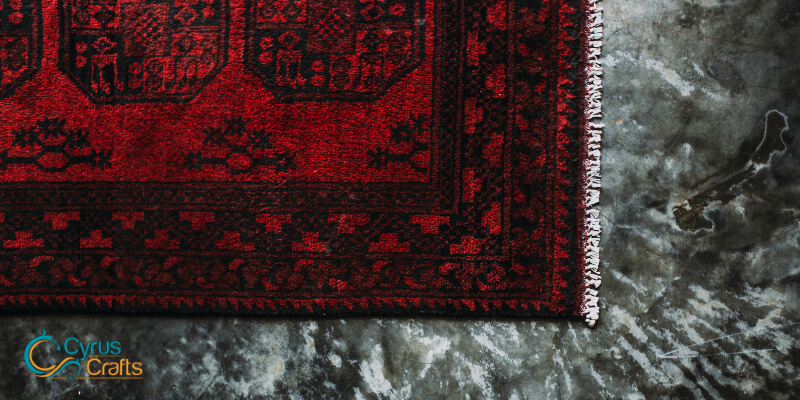
Cyruscrafts rug store collection, with specialized activity in the field of preparing, selling, and exporting the best samples of Oriental rugs and carpets to Canada and the USA, provides you with high quality and inimitable products so that you can make wonderful and unique focal point in the decoration of the living room, bedroom, and high traffic areas.


